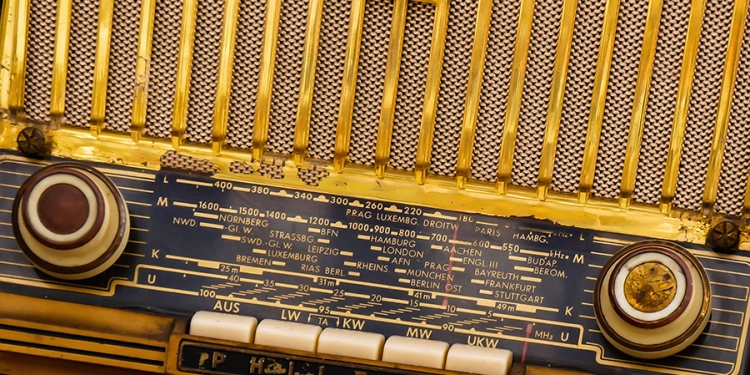
Photo: pixabay.com

Photo: pixabay.com
This page is more than four years old and was last updated in February 2023.
Electronic Voice Phenomenon (EVP) are the mysterious sound of disembodied human-like voices of unknown origin that are heard through electronic devices. They are usually heard in the form of sounds imprinted on an audio recording or through radio noise.
Today attempts to communicate with spirits through EVP recordings are commonplace as part of paranormal investigations, but this method of spirit communication is nothing new. In fact it's been around about as long as our ability to transmit and receive voices of the living.
The first radio transmission had been made by the Italian inventor, Guglielmo Marconi, in 1895 and by the early-1900s, the possibility that radio based-equipment could be used to contact the dead was being explored.
Father Roberto Landell de Mour was a Brazilian Catholic priest and inventor, who was an early pioneer in long-range radio broadcast and voice transmission technologies, was the first to experiment with electronic spirit communication. In 1910, it's said that he laid the groundwork for future generations of EVP researchers when he demonstrated a device that produced EVPs through radio technology.
Landell's work is little more than a legend and very little is known about his session in which he spoke to spirits. Even at the time the inventor refused to talk about the inner workings of his device as communicating with spirits through any other method other than prayer is frowned upon in the Christian church.
However, it could also be seen as a little suspicious that the man who some claim sent a voice transmission before even Marconi, had a box that was able to hear his questions when he spoke into it and answer back by producing a voice through a speaker.
In the 1920s, the American inventor Thomas Edison fuelled the possibility that technology could be used to communicate with spirits. Edison was a prolific inventor who contributed to such technologies as the electric light, the phonograph and the nickel-iron battery, but in 1920 he shared his belief that it may be possible to build a machine that could communicate with human personalities that live on after death.
In the article entitled 'Edison's Views on Life and Death' in the October 1920 edition of the magazine, 'Scientific American', Edison said "I have been thinking for some time of a machine or apparatus which could be operated by personalities which have passed on to another existence or sphere."
It seems that what Edison was proposing to do was give investigators a more scientific approach to spiritualism than the other more "crude methods" employed at the time like Ouija boards or tipping a table. However, Thomas Edison died in 1931 having never completed the device or giving any further information on the theory behind it or its operation.
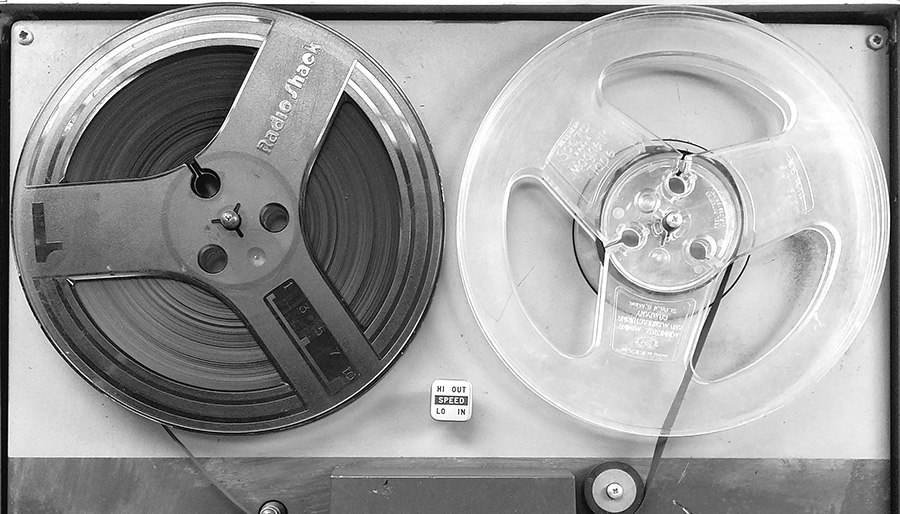
Photo: pixabay.com
As technology evolved, recording equipment became accessible and with this innovation came attempts to capture spirit voices in recordings, the true origins of the modern day EVP movement. It was an American psychic of Hungarian descent named Attila von Szalay who was at the forefront of this new approach.
At the time von Szalay was working as a photographer in California, where he specialised in spirit photography - the art of photographing ghosts or spirits. In 1941, to expand his work he decided to attempt to capture the voices of spirits. He did this using one of the first commercially available home recording devices - the Packard Bell Phonocord.
The phonocord record cutter used an external microphone to record sounds to a 5-inch blank record spinning at 78 revolutions per minute. The device was also capable of playing back the recordings. From 1950 onwards, von Szalay teamed up with psychologist Raymond Bayless and together they continued experimenting, and in 1956 technology once again leaped forward and the researchers began using a reel-to-reel tape recorder.
They conduct their EVP experiments in much the same way as mediums did in early séances. A microphone was placed in an insulated spirit cabinet. The medium, in this case psychic von Szalay, would sit in the cabinet in order to channel the spirits. The microphone was connected to the tape recorder, which was outside the cabinet.
The researchers found that they had captured many unexplained sounds in their recordings that were not heard during the experiment. Some of these sounds were recorded at times when there was no medium in the cabinet.
Reverend Charles Drayton Thomas, a British Methodist minister and spiritualist, also became one of the first to capture a spirit voice in a recording in the early-1940s. Thomas, a member of the Society for Psychical Research, was investigating the validity of a well known medium of the time, Gladys Osborne Leonard. During one of their sessions together Thomas found that he had captured on tape the disembodied voice of his own father.
The next leap forward in the field of EVP research came in 1959 when Friedrich Jürgenson, a painter and film producer from Sweden, captured what he thought sounded like voices on tape. The recording happened by accident while Jürgenson was attempting to record bird song in woodland.
Jürgenson concluded that the voice in the recording was clearly human, but was unable to ascertain how it had been recorded as the tape had been blank before, meaning it couldn't have been sound leaking through from a previous recording. The area of woodland he'd been in was very remote, which eliminates the possibility that someone made the sounds at the time of recording.
This lead Jürgenson to investigate the phenomenon further. He was able to rule out the possibility of radio interference and eventually started to capture much longer phrases and sentences. He then found that the voices in his recording started to address him by name and was able to identify one of the voices as that of his dead mother.
Later in his research, Jürgenson became the first to combine the technique of recording EVPs with the earlier method of radio contact in order to improve his results. Jürgenson went on to write two books on the subject of EVP, 'Rösterna Från Rymden' ('Voices from the Universe') published in 1964, and 'Radio och Mikrofonkontakt med de Döda' originally published in 1968, then translated into German as 'Sprechfunk mit Verstorbenen' ('Voice Transmissions With The Deceased') in 1981.
Agostino Gemelli also captured an unexplained voice on tape, and like Jürgenson, he captured the sounds inadvertently and it was the sound of a deceased parent. Gemelli was an Italian Franciscan friar and former physician. He captured the voice in 1952 while working in Milan with Father Pellegrino Ernetti, an Italian priest and scientist.
The pair were attempting to record the sounds of Gregorian chants using a reel-to-reel tape recorder, but they were experiencing technical issues with the microphone. At one point during the recording session Gemelli looked to the heavens and asked his dead father for help. When Gemelli and Ernetti later reviewed the tape, they heard a voice that Gemelli recognised as his dead father that said, "of course I shall help you. I'm always with you."
Advertisement ‐ Content Continues Below.
Inspired by the work of Juergenson, the next big name in the field of paranormal research was Konstantin Raudive, a Latvian parapsychologist, writer, and student of the famous Swiss psychiatrist, Carl Jung.
Raudive got in contact with Jürgenson after reading his book, and initially worked with him to capture EVPs in 1965. In one of these early experiments Raudive heard multiple voices in a recording with voices speaking in German, Latvian, and French. One of the voices said "va dormir, Margarete," which translates as "go to sleep, Margaret."
In his 1968 book on EVPs, 'Unhörbares Wird Hörbar' (translated into English as "what is inaudible becomes audible", but published as 'Breakthrough: An Amazing Experiment in Electronic Communication with the Dead' in 1971), Raudive's wrote "these words made a deep impression on me, as Margarete Petrautzki had died recently, and her illness and death had greatly affected me."
Raudive also recorded the voice of a deceased parent. He heard his mother's voice using his childhood name, Kostulit. The voice said, "Kostulit, this is your mother."
His early experiments drove Raudive to spend the next nine years of his life, until his death in 1974, exploring EVPs, for a time with the help of German parapsychologist, Hans Bender. Over his career he recorded more than 100,000 audio tapes.
Raudive used several methods of recording EVPs, each method was carried out in strict laboratory conditions, which included screening from external radio interference.
The most simple method employed by Raudive, was to use a normal microphone connected to a tape recorder. He left this running in silence, with no one talking. At times he even used this method but without a microphone even connected to the recorder.
He also used a standard radio that was not tuned to any station so that it just produced white noise, which he would record and later analyse for voices. The voices obtained through this method are sometimes referred to as RVPs, or Radio Voice Phenomenon.
The third method was similar, but used a modified radio. The method is known as Diode Recording and involved replacing the most important component in a simple crystal radio, the crystal detector, with a piece of germanium. This has become known has a germanium diode or Raudive diode.
The diode was too short to pick up radio transmissions and could not be tuned to a specific station, instead it acted as a noise generator being fed by a broadband of the radio spectrum. It was believed that this wide but untuned banned of radio noise provided the raw energy required for spirit to form voices in the noise.
In order to avoid is own subjectivity, Raudive invited more than 400 impartial volunteers to listen back to the voices he'd captured and to interpret them without bias - all of which are said to have heard distinguishable voices.
Raudive's germanium diode was later put to use by businessman George Meek and his psychic researcher partner, William O'Neil. Together they used a similar diode to develop the Spiricom device. At a 1982 press conference, the researchers demonstrated their radio-base device, which also used a tone generator spanning the human voice frequency range and claimed that it made two-way communication with the dead possible.
They went on to record hundreds of hours of voices using this, but only when the device was used by O'Neil. Meek put this down to O'Neil's psychic abilities being an essential component in the system.
One of the most fascinating cases of early EVP research was demonstrated by the Italian medium, Marcello Bacci. Starting in 1974, over a period of about 20 years, Bacci gave public performances of his spirit communication technology to an audience in Grosseto, Italy. Audience members were given the chance to hear the voices of their deceased loved ones.
Bacci started out by using an old military radio which was used on naval ships, but eventually moved on to a larger vacuum tube radio set with three loudspeakers built in, which he said provide better sound and clearer voices. Both of these radios were said to be completely unmodified.
During the demonstration he would then tune the radio to a part of the radio spectrum which was void of radio broadcasts. In a 2000 interview he explained, "there is not a particular frequency. I can go all the way from left to right and if the voices want, they come in." After ten to twenty minutes, the white noise from the speakers would die down and the voices of a spirits would clearly come through.
The voices are much clearer and much more sustained than those captured by most other EVP researchers. Some of the voices Bacci's radio produced could deliver coherent dialogues that were several minutes long. They are easy to identify as male or female, and each voice sounds distinct and unique.
The most commonly retold explanation for Bacci's demonstration is that he had unique psychic abilities that the experiment relied upon. It's said to be for this reason that Bacci had to be in constant contact with the radio's dials during the demonstration. If he left the room at any point, the voices would stop. His radio also failed to produce results for anyone else who used it.
Many skeptics tried to debunk Bacci's work and the experiments were carried out in controlled conditions, but the results were the same, even when the radio was isolated inside a Faraday cage, which blocks all external radio and electrical signals.
Some in the paranormal field claim that in order to try to debunk Bacci, they have unplugged the radio, taken the back off to ensure there are no batteries present, and found that the voices persist even without power. However, this is not the case. Bacci's radio does require power at all times to operate. However, it's claimed that skeptics have removed all three vacuum tubes from the radio and found that the voices continue.
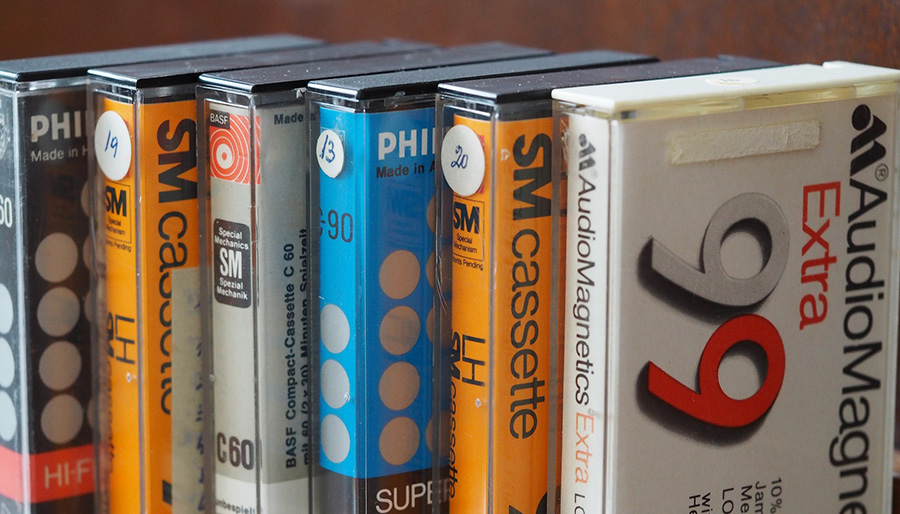
Photo: pixabay.com
As the EVP research movement grew, the American Association of Electronic Voice Phenomena, founded by EVP researcher Sarah Estep in 1972. It later became known as the Association Transcommunication (ATransC) and survives to this day.
This was followed by research associations formed all around the world, starting with des Vereins für Transkommunikations-Forschung (German Association For Transcommunication Research), which was founded in Germany in 1975.
Estep began her research into EVP using a a reel-to-reel tape recorder in 1976 after reading about the work of Friedrich Jürgenson and Konstantin Raudive. She went on to become a leading researcher in her field, making hundreds - if not thousands - of recordings of voice messages, some of which she identified as deceased friends and relatives, and even intelligences of extraterrestrial origin.
Perhaps Estep's best-known legacy is her popularisation of an EVP classification system. It was similar to a previous scale proposed by Raudive. Estep's system used the same A, B and C classes, with "Class A" being used to categorise the highest quality EVPs, and "Class C" being the poorest examples.
In the 21st Century we've seen an explosion of electronic devices used for spirit communication. Unlike their predecessors, the new versions were mass-produced and sold to any interested investigator. With the advent of smart phones, the technology has even become the basis of mobile phone apps.
The first of these devices was called the Frank's Box, which was invented by Frank Sumption. His idea of a device that sweeps through radio frequencies has become commonplace in the paranormal field, and is more commonly known as a spirit box, or ghost box.
Advances in technology have also made it easier for paranormal investigators to capture EVPs while on ghost hunts. Gone are the days of investigators having to lug around large tape recorders. Now handheld digital audio recorders make it easy to record and quickly review EVP sessions.
Learn With Higgypop
Hosted by Paralearning in association with Higgypop, these courses on ghost hunting, paranormal investigations, and occult practices draw on the experience of our team of paranormal writers.

Diploma In Parapsychology & Psychic Phenomena
This course gives you practical and useful knowledge of ghost hunting and paranormal research, which is invaluable when conducting your own paranormal investigations or as part of a group event.
View Course
Diploma In Practical Ghost Hunting & Scientific Analysis
This course gives you practical and useful knowledge of ghost hunting and paranormal research, which is invaluable when conducting your own paranormal investigations or as part of a group event.
View CourseMore Like This
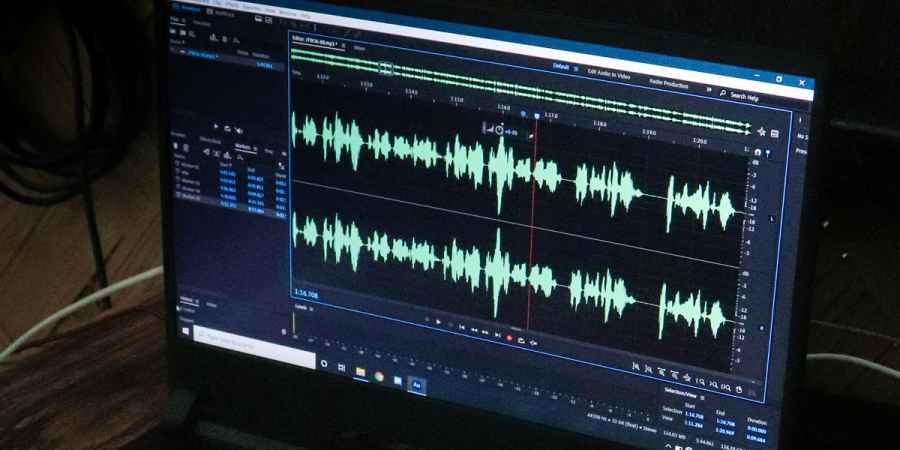
ParanormalJune 06, 2024
How Infrasound Could Explain Your Paranormal Experiences

EvpMarch 03, 2024
Understanding The Melodic Warbling Sounds In EVP Recordings
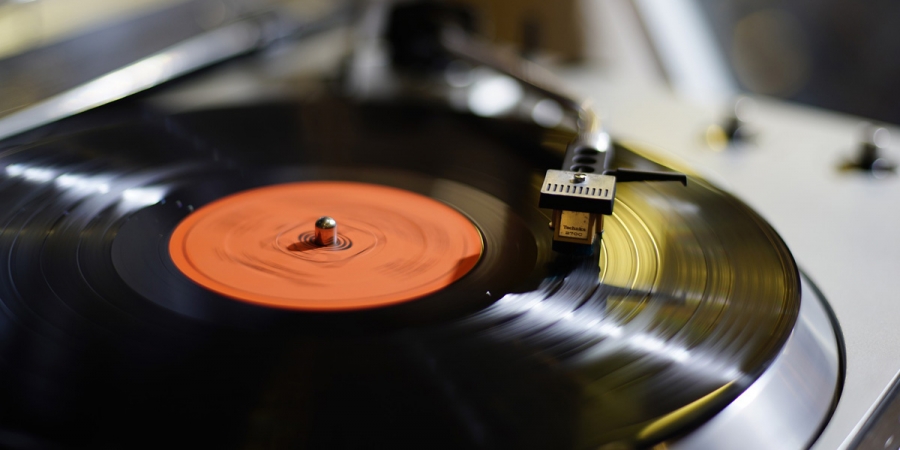
ParanormalJanuary 07, 2024
The Surprising Link Between Misheard Songs & EVPs In Ghost Hunting
 See More on Audible
See More on Audible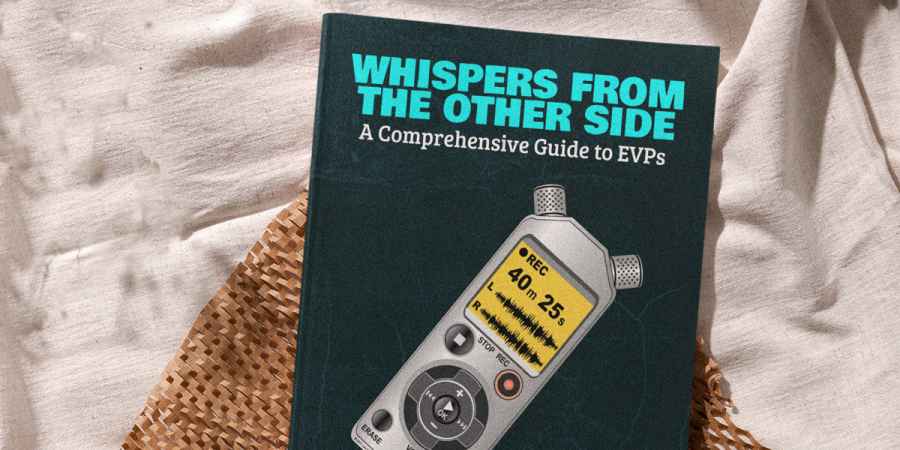

Comments
Want To Join The Conversation?
Sign in or create an account to leave a comment.
Sign In
Create Account
Account Settings
Be the first to comment.